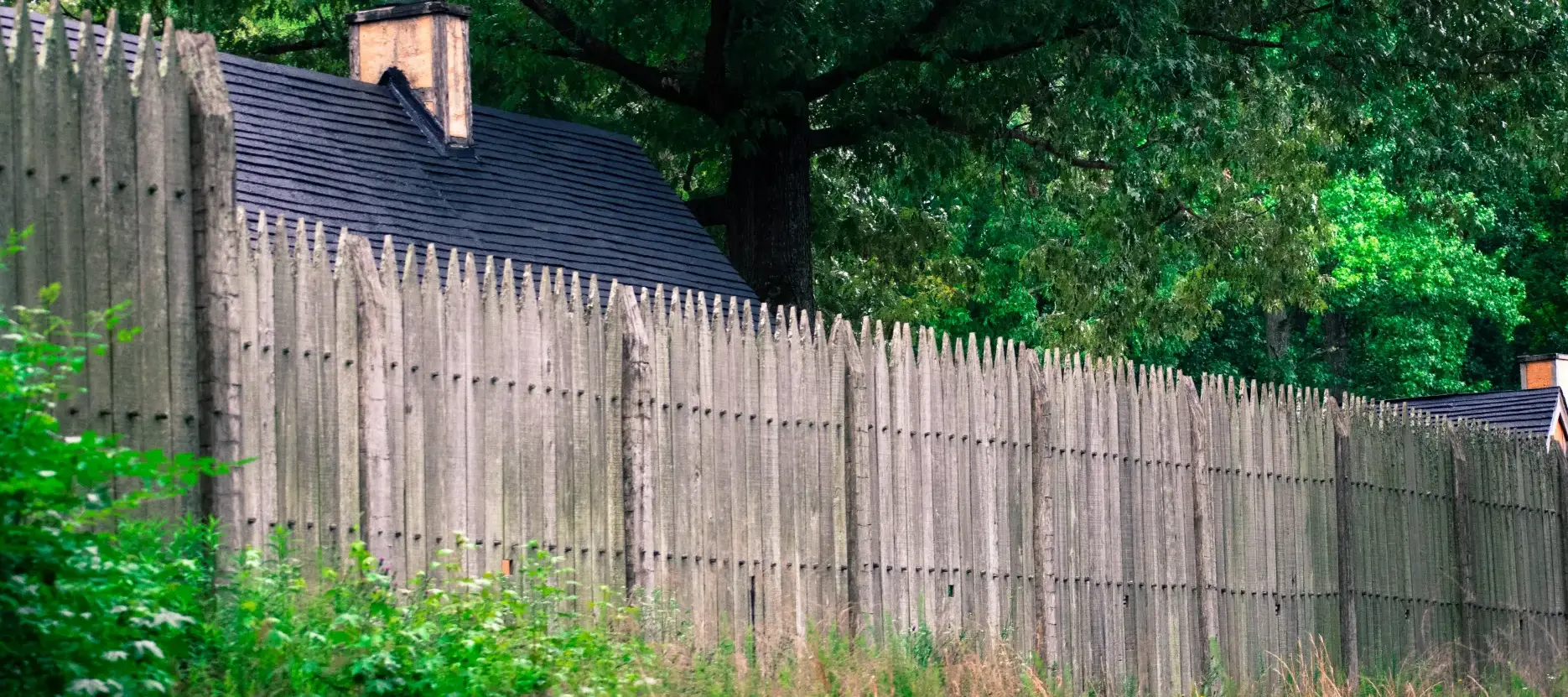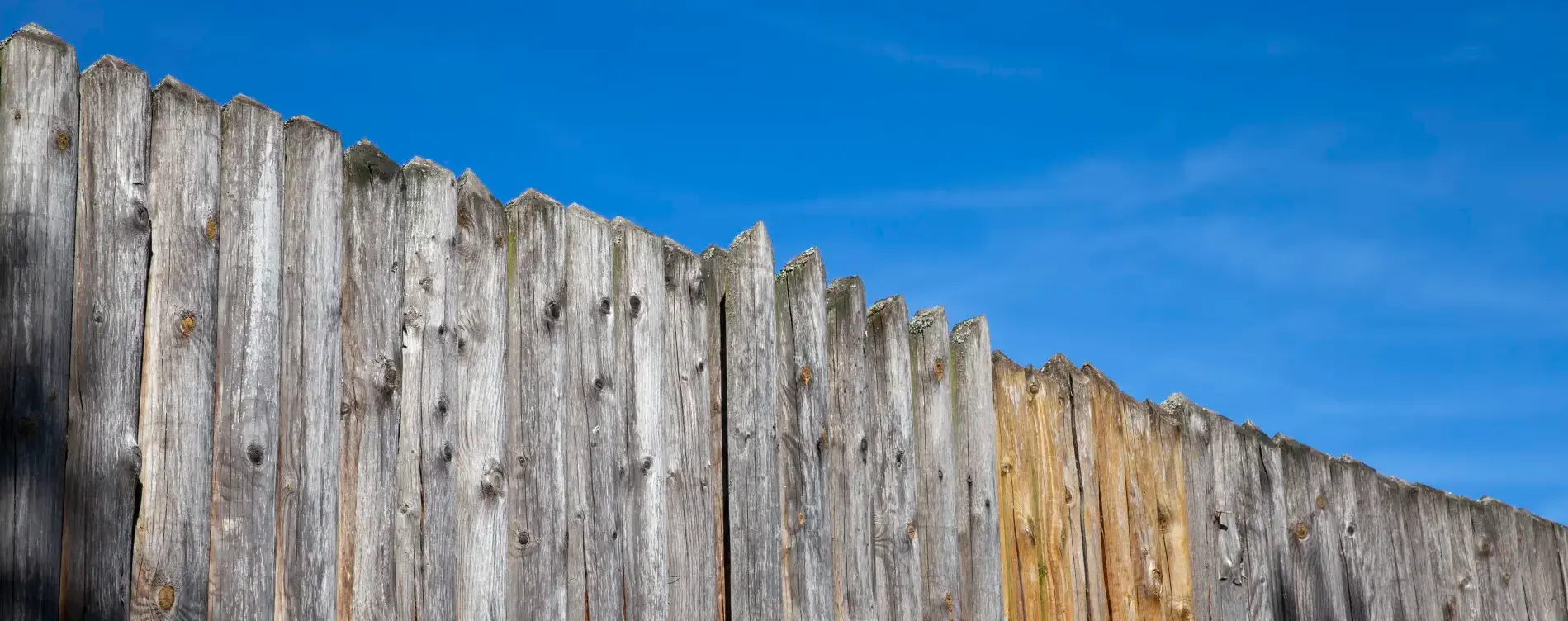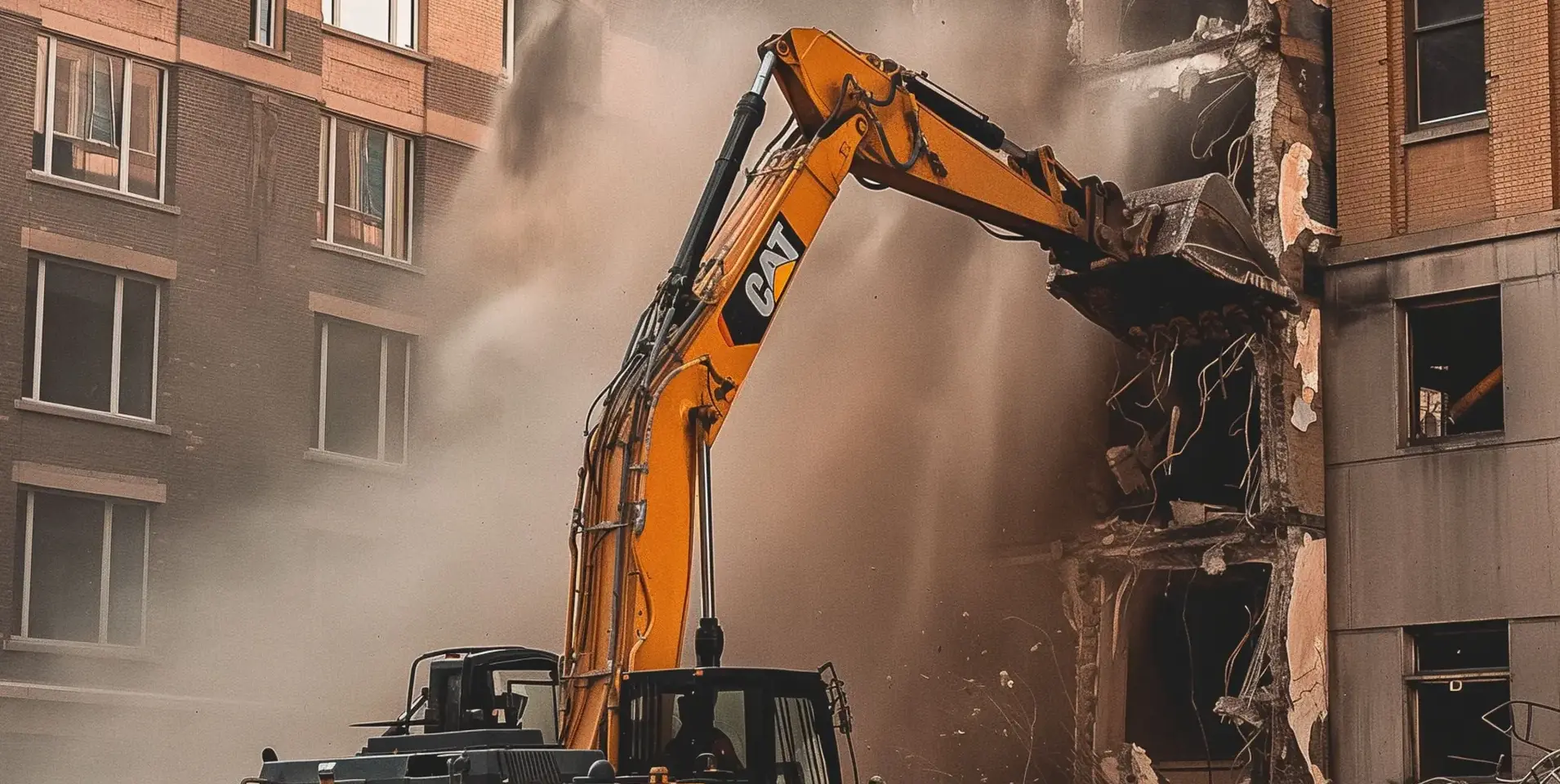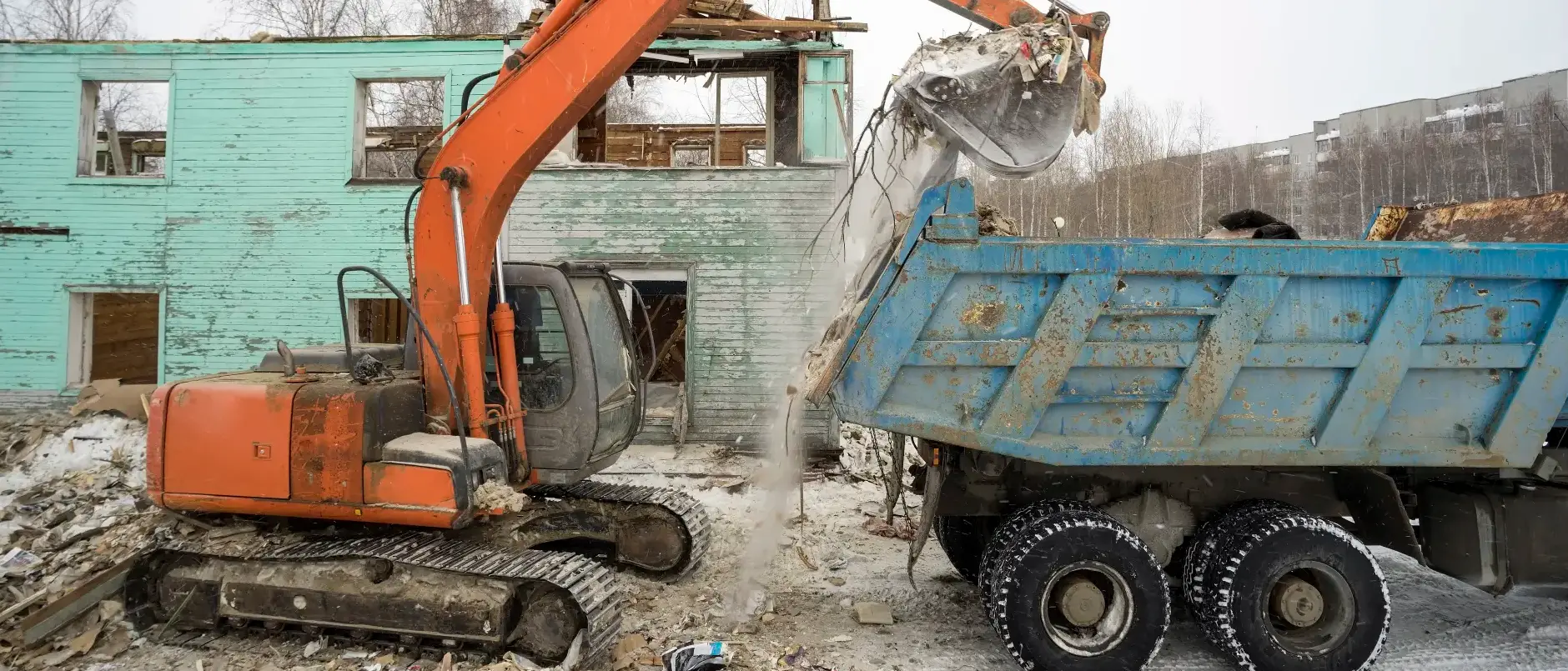How Fence Material Impacts Cost
The type of material you choose for your fence has a big effect on the overall cost. While it may be tempting to pick the cheapest option at first, it is important to think about long-term value as well as the upfront price.
Wood is often a popular choice because it is affordable and gives a natural look. However, it usually needs frequent treatments to protect it from issues of rot, insects, and weather damage. As time passes, the cost of maintenance can gradually get higher. Metal fences tend to cost more at the start but are stronger and last much longer with less upkeep.
Vinyl and composite fences are also more expensive to buy, but they resist rot, fading, and insects, which means fewer repairs and replacements in the future. On the other hand, cheaper untreated materials may save money at first, but could need replacing sooner, making them more costly in the long run.
The Role of Fence Size and Height in Pricing
The size and height of a fence play a major role in how much the project will cost. Larger fences naturally require more materials, which increases the overall price. Taller fences also need stronger posts and additional fixings to stay secure, adding to both material and labour costs. A small, low fence might be suitable for marking boundaries or adding a decorative touch and will be cheaper to install.

In contrast, a tall fence designed for privacy or security will cost more because of the extra panels, deeper post foundations, and the extra time needed for installation. It is also worth noting that local rules may restrict the maximum height of a fence. If you want to build a taller fence, you might need permission, which can add extra steps and potential costs.
When planning a fence, think carefully about what you need it to do. A fence that is the right size and height for its purpose will be more cost-effective and avoid unnecessary expenses.
How Location Can Influence the Price
Where you live can have a big impact on the cost of installing a fence. Prices for materials and labour often vary between areas, with cities and towns usually being more expensive than rural locations. This is because suppliers and installers may have higher running costs in busy areas, and demand for fencing services is often greater.
The type of ground at your location can also affect the price. For example, if the soil is rocky, uneven, or difficult to dig, the installer may need special tools or extra time to put the posts in securely. This will ramp up the labour costs. Similarly, if the site is hard to access, such as a garden with no side entrance, it may take longer to transport materials, which can raise the overall price.
Weather conditions in your area may also play a role. Homes in wet or windy regions often need stronger materials or deeper posts to withstand the climate, which adds to the cost.
Labour Costs: DIY vs Professional Installation
One of the biggest choices when installing a fence is deciding whether to do it yourself or hire a professional. The option you choose has a clear impact on labour costs.
Doing the work yourself can save money on installation fees, as you only need to pay for the materials and any tools you might not already own. However, building a fence takes time, effort, and some skill. Mistakes, such as setting posts incorrectly or using the wrong fixings, can lead to extra costs if repairs or adjustments are needed later.

Hiring a local professional will always cost more upfront because you are paying for their time, as well as their expertise. Labour charges can vary according to the size of the job and the type of fence, but professionals can usually complete the work faster and to a higher standard. They also bring the right tools and knowledge to deal with tricky ground conditions or other challenges.
When comparing DIY against professional installations, and deciding which one would suit you best, it's always wise to think about your budget, skills, and how much time you may have. DIY may be cheaper at first, but professional installation often provides better results and greater peace of mind in the long run.
Ways to Save Money on Fencing Installation
Installing a fence is quite a big investment, but there are several ways to keep costs under control without sacrificing quality. Thoughtful planning and wise choices can make a real difference to your budget. One of the best ways to save money is to compare prices from different suppliers and installers. Getting numerous quotes will help you understand the average cost and find the best deal. Buying materials in bulk or during seasonal sales can also reduce expenses.
Another option is to mix materials. For example, you could use more affordable panels for parts of the fence that are less visible and reserve higher quality materials for areas where appearance matters most. Choosing materials that require less maintenance, such as treated wood or vinyl, may cost more at first but will save you money in the long run.
If you are confident with DIY projects, this is a great way to lower the labour costs by doing some or all of the work yourself. Even preparing the ground or removing an old fence before professionals arrive can cut down on installation fees. Lastly, proper planning allows you to avoid costly mistakes. Make sure you check property boundaries, local rules, and ground conditions before starting. This stops delays, fines, or the need to rebuild sections of the fence.
At Welcroft Lee Logistics, we're here to provide customers with a range of timber services, including fence installations, repairs, and much more. If you're looking for a team of people who can help install and offer guidance for those undergoing fencing projects, give us a call today.






